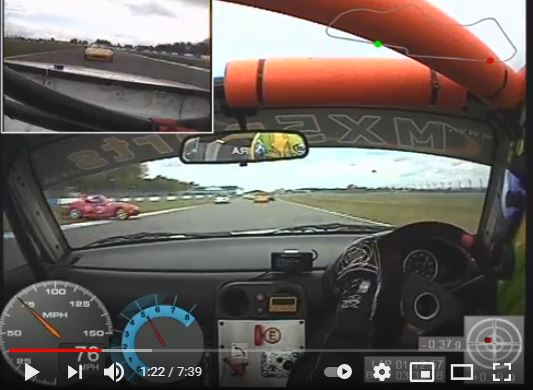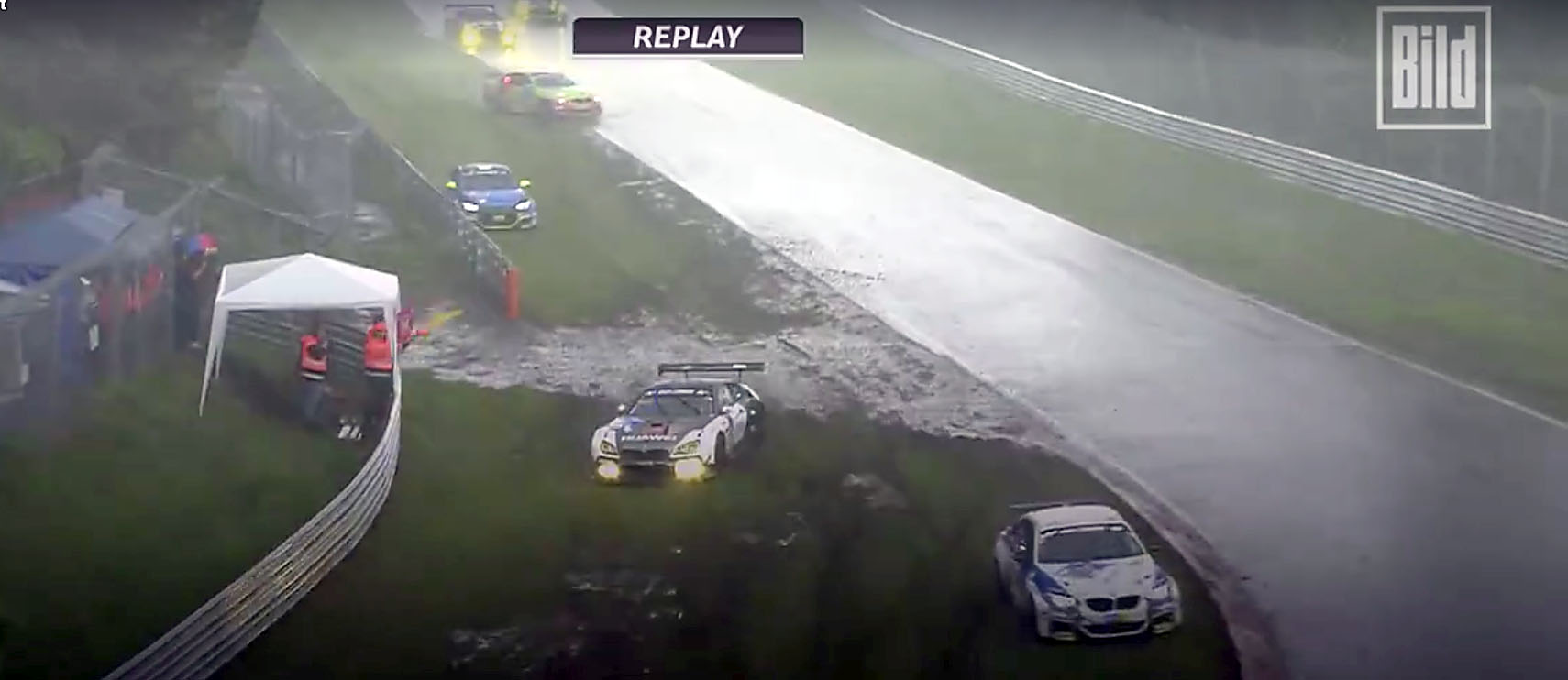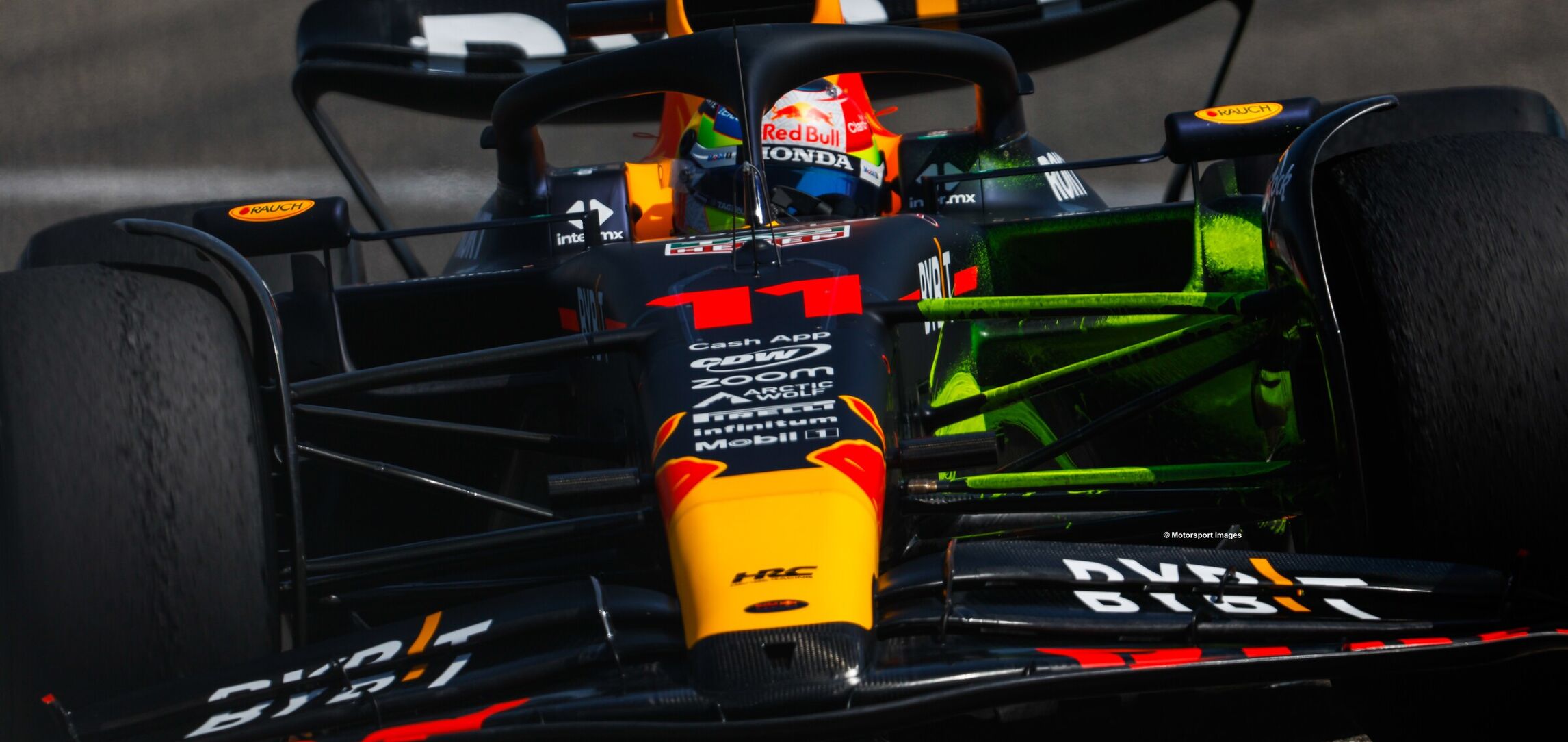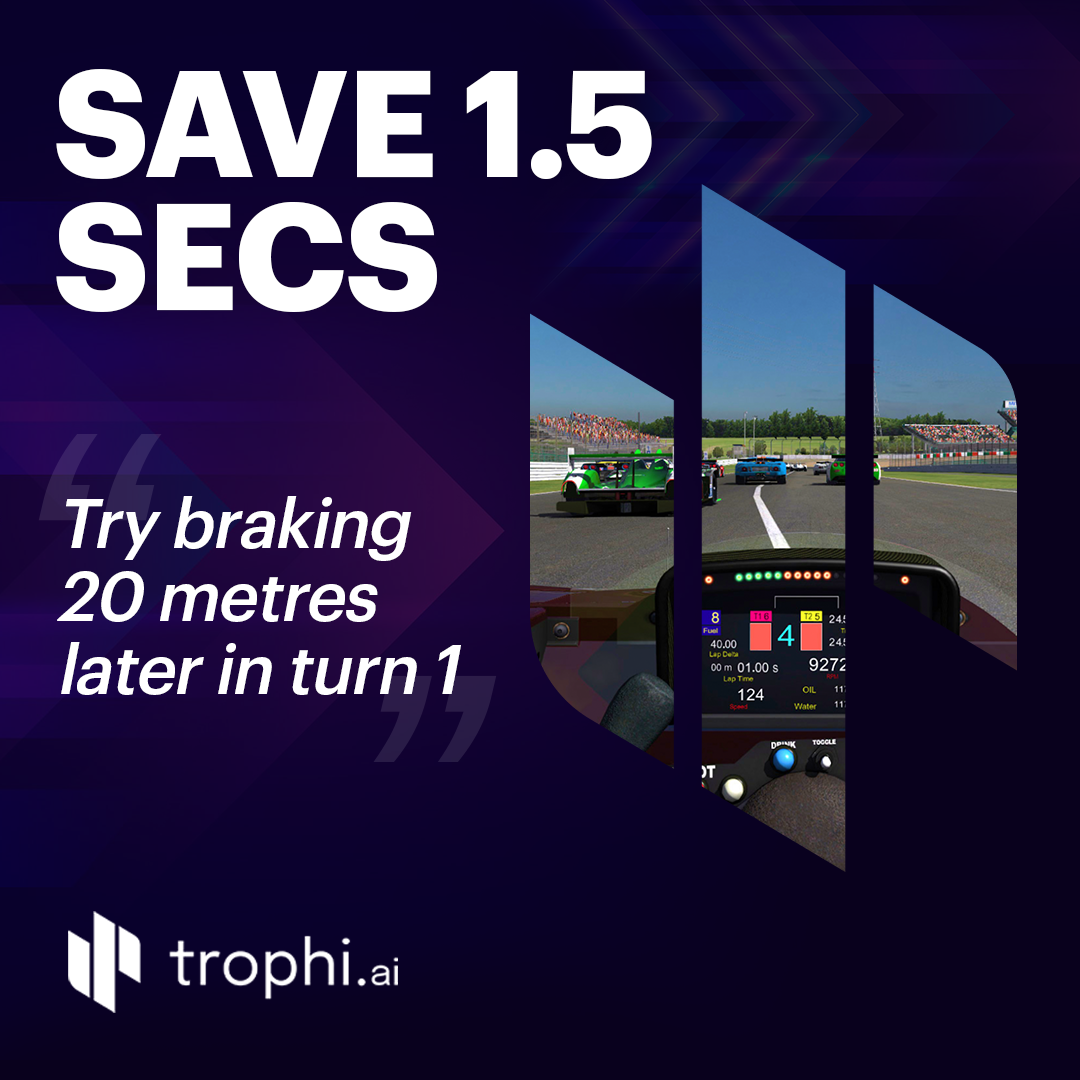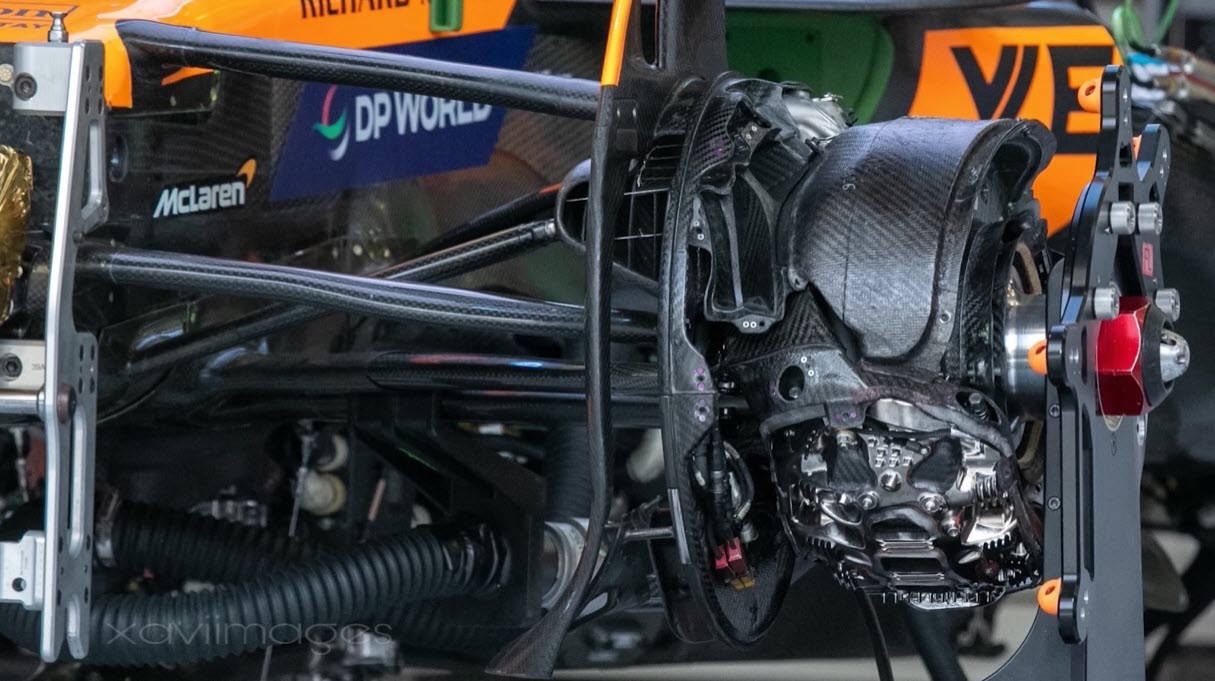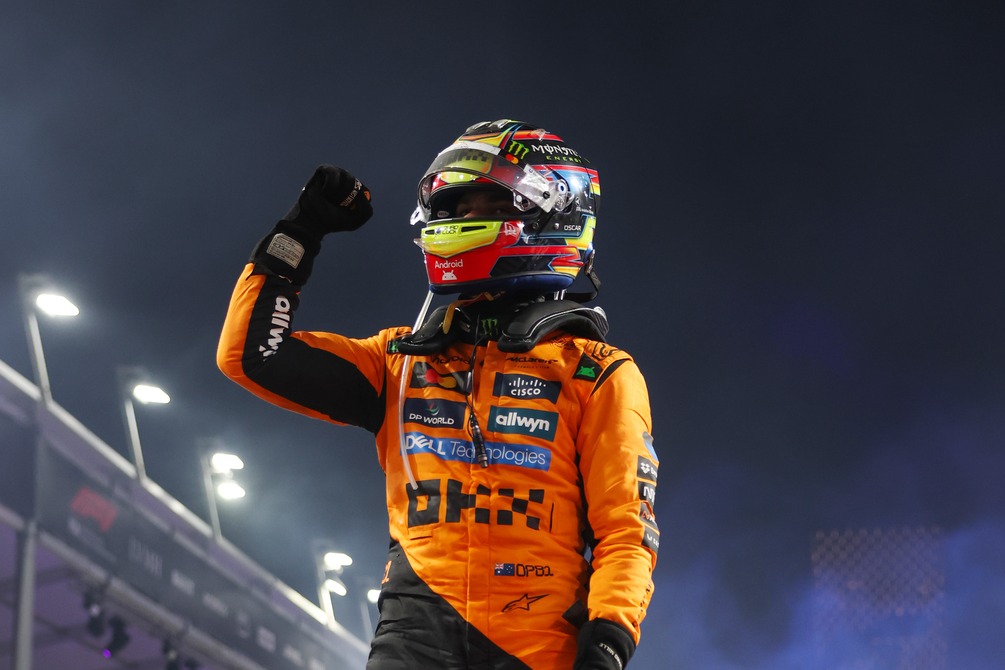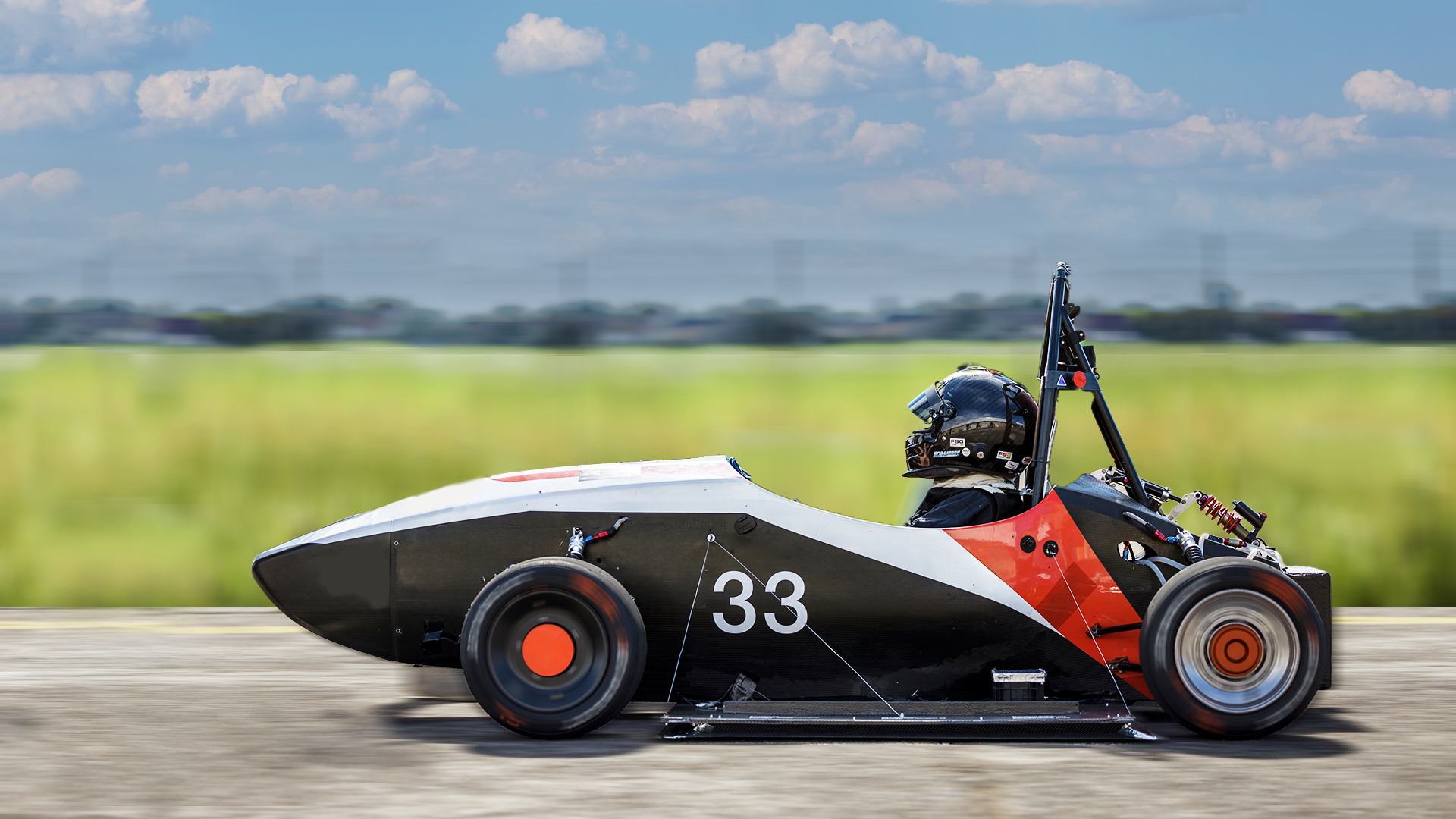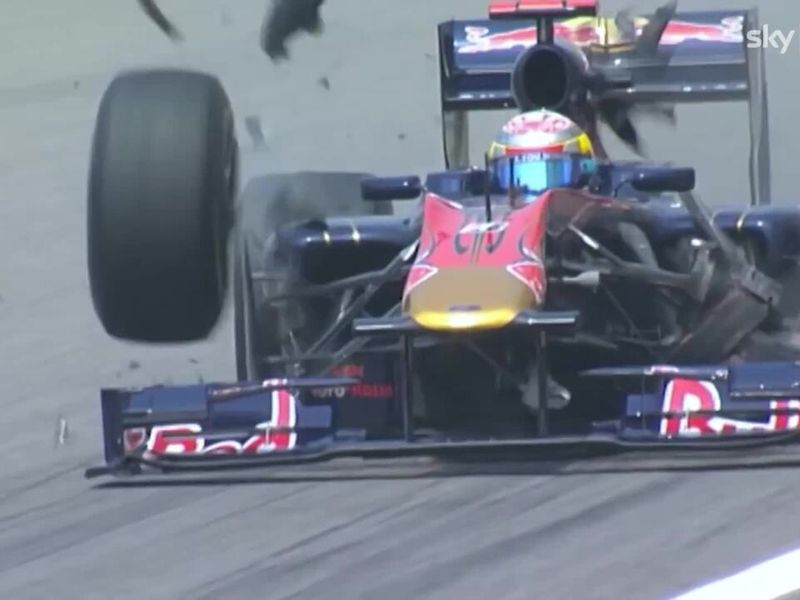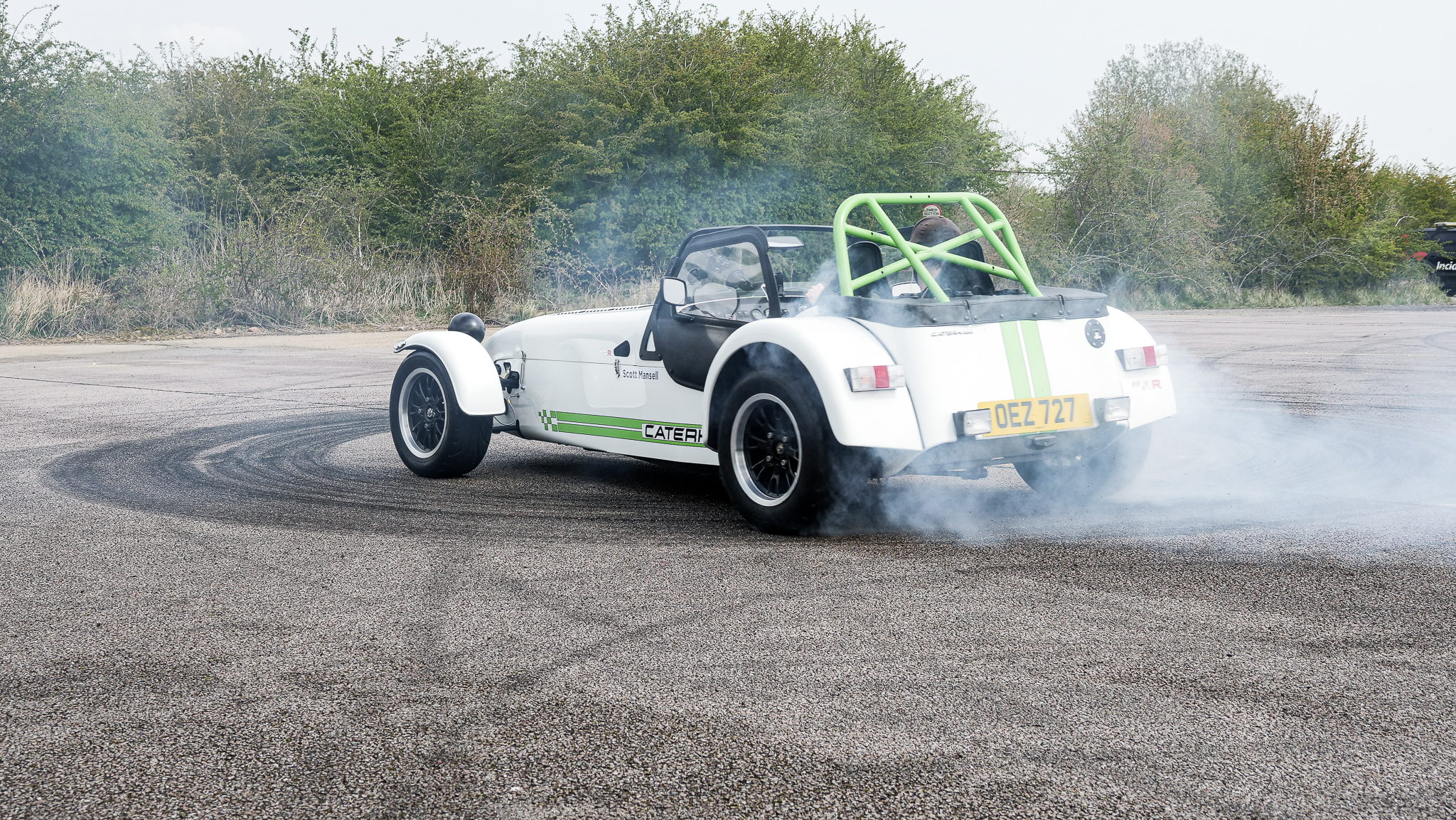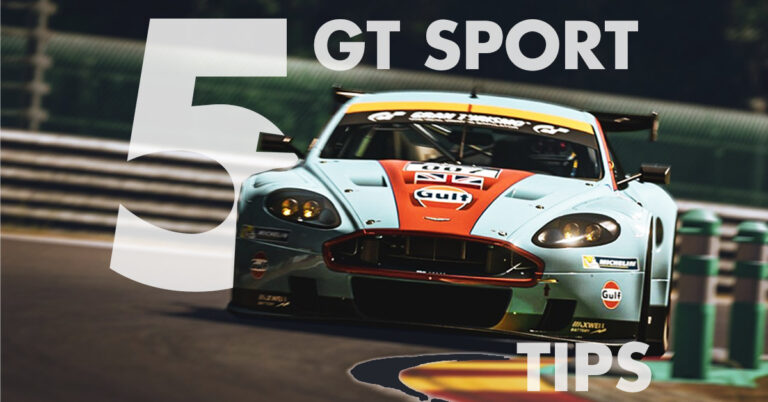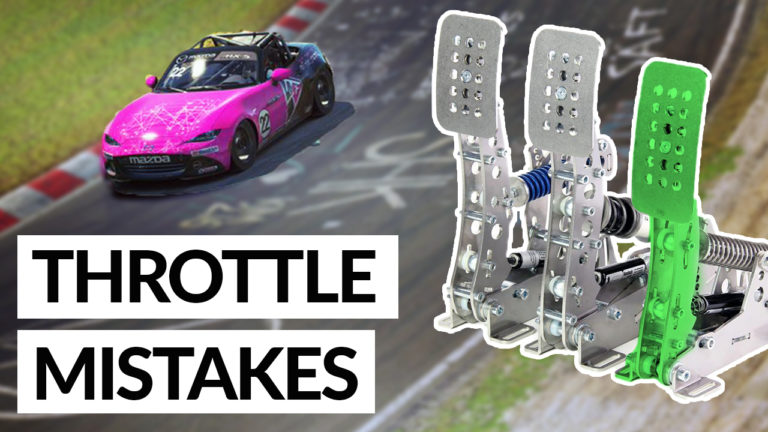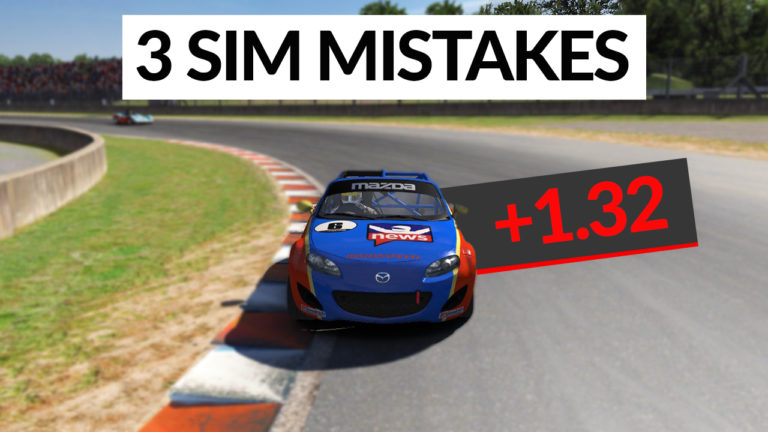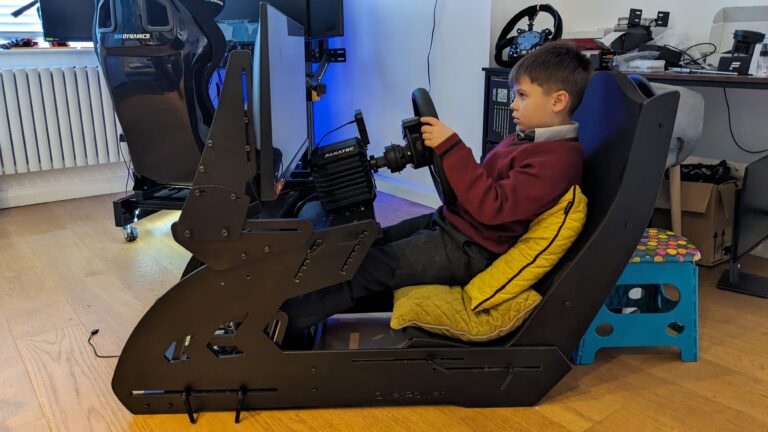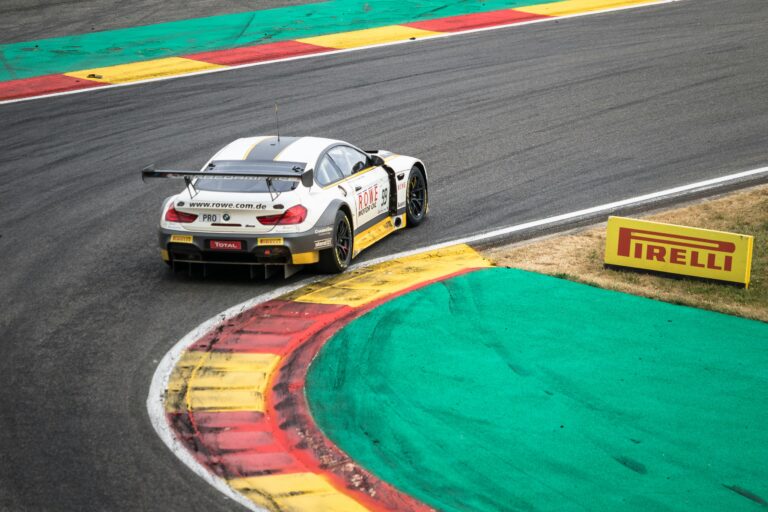How to: Rejoin the Race Track after Spinning, Crashing or Running Wide
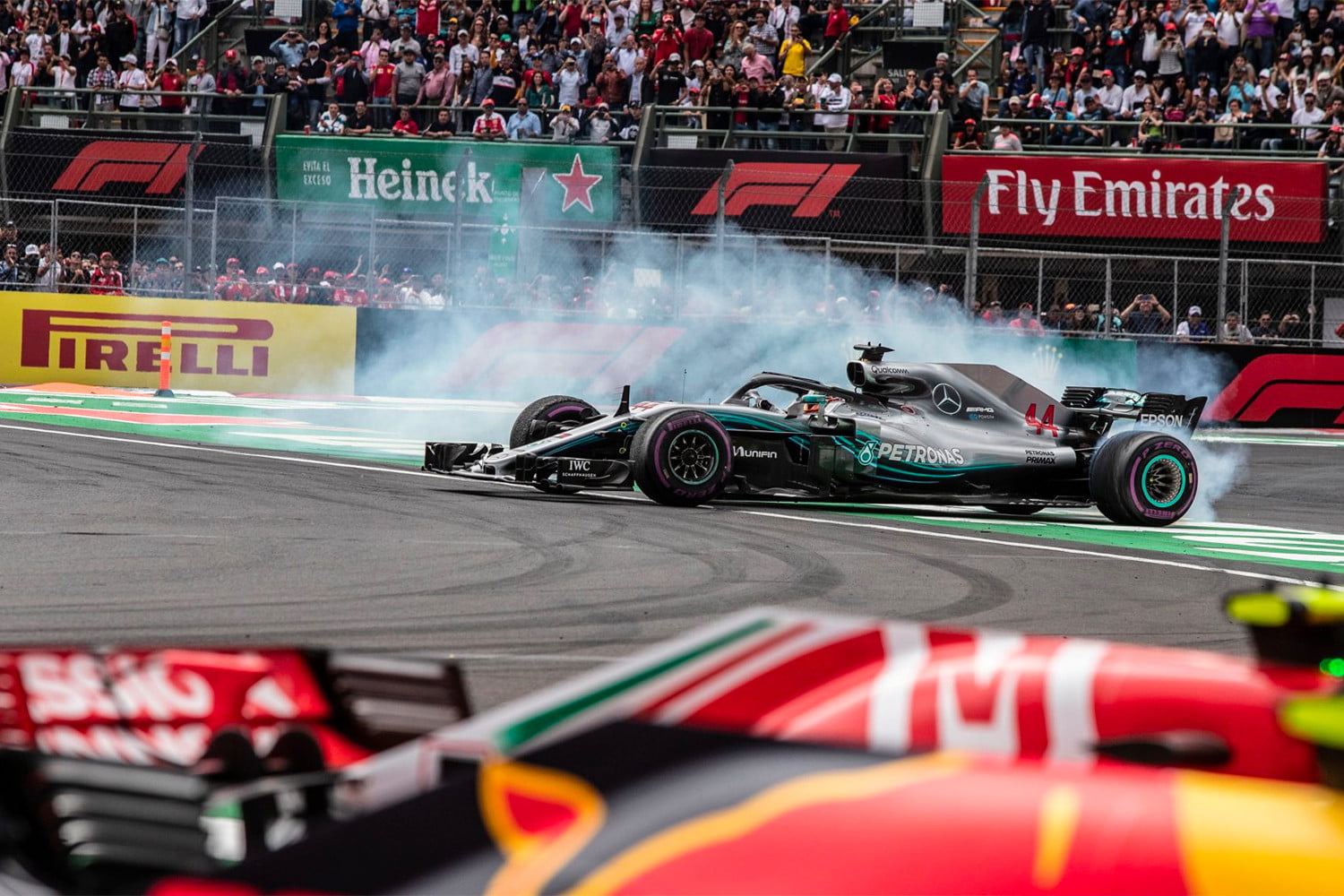
Introduction
Motorsport is one of the most dangerous sports anyone can take part in. Crashes, spins and close calls are what make racing so exciting, but only when you’re not part of them. As a driver, you do your very best to avoid making mistakes or colliding with other cars. Sometimes, however, it is completely out of your power to do so.
One of the most dangerous examples of this is when another car spins or leaves the racetrack and then rejoins unsafely. A great example can be found here, a Youtube clip from one of our Sim61 Writers, fast forward to 1:14 to see how not to rejoin the racetrack. Mazda MX5 – YouTube
Why is it so dangerous?
Motorsport is a high speed, high commitment and high risk sport. When you’re driving at 110%, your concentration is focussed purely on racing. Quite often, circuits will have blind corners, or your vision will be obscured by another car. It is therefore almost impossible in some cases to react to non-moving or slow moving vehicles that are on circuit. 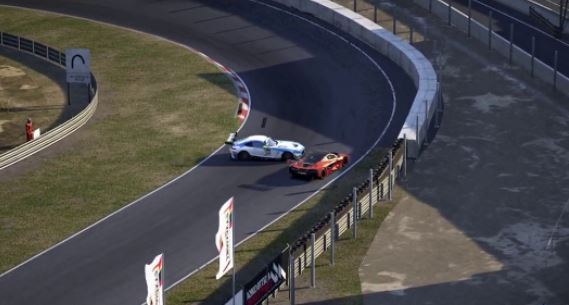
In the event of a spin or coming together with another car, it will be more than likely that you have left the track, either on the grass or on a tarmac runoff area. Your speed, therefore, will have dropped significantly and rejoining the racetrack is then incredibly unsafe due to the differential in speeds between the competing cars and yourself.
Much of this risk can be reduced however through sensible and considered methods. Rejoining the circuit dangerously doesn’t just risk your own safety, but also risks the safety of innocent drivers on circuit.
How to Crash Effectively/Safely
Believe it or not, there is a way you can spin and or crash in a way that is more safe and effective than others. There are three common scenarios when crashing and here’s how you can make the most out of them.

A spin (either driver error or forced into one)
Firstly, when a spin starts, there isn’t much you can do to save it. However, spins can be preempted and quite often can be low-speed incidents. When you’re going into a spin, the first thing you need to do is quickly note your surroundings, other cars on track, circuit furniture (marshals posts, tire walls, barriers, etc). You can now make a solid attempt at avoiding those things by keeping hold of the steering wheel and adjusting your path. Also make a conscious effort to end the spin with the car facing the correct direction, as this makes rejoining the circuit quicker and much easier.
Running Wide
More often than not, when you are pushing the car for a fast lap, you can find yourself overdriving and running wide. You can usually get away with it on a tarmac run-off area, however, on grass and gravel, it is much more difficult. In the event of running wide onto grass or gravel, you need to have a neutral grip on the steering wheel, this is to stop the car from over-rotating. The grip levels are significantly reduced on anything other than tarmac, so smaller inputs to the steering wheel have a larger effect.
When you run onto the grass or gravel it is also important to lift off of the pedals until you feel the grip come back to you. Keeping flat on the throttle or stamping on the breaks will also make it more likely for the car to lose control.
Crashing
Every racing driver has crashed at some point. Understanding how to make it as safe as possible is incredibly important. In most cases, crashes will cause some amount of damage, but it is crucial that if the car still has power and is still able to move that you drive to an appropriate safe location or that you move as much off of the racing line as possible. Even if the car is missing a wheel, you should make every effort to keep the car moving. If you are only able to crawl, then do so off of the track where you can.
How to Re-join Effectively and Safely
In all circumstances where you have left the race circuit, the aim is always to rejoin the track as safely and quickly as possible.
When rejoining the track, you firstly need to look back down the circuit for oncoming traffic. You do not want to be rejoining in front of fast-moving cars. The next step is to regain some momentum if possible and try to match the pace of the traffic. For example, if you are on a tarmac run-off area, use as much of the tarmac as possible to regain some speed before rejoining. If on grass or gravel, this will most likely not be possible.
The next step is to come back onto the race track in a section that is off the racing line. This is the most important and crucial step. Use a part of the race track that is least likely to have fast-moving traffic. This could be on the far edges of the circuit if needed. Another thing to consider is that the car needs to be facing the direction of the traffic. Do not re-join at a right-angle for example. The final step is to speed up as quickly as possible and filter back into the traffic where appropriate, bear in mind if you are getting lapped that you must let through the passing traffic and avoid holding them up as this can sometimes result in a penalty
Patience is a necessary skill to have when rejoining the circuit, find an appropriate space on track and filter back in when you are up to speed.

